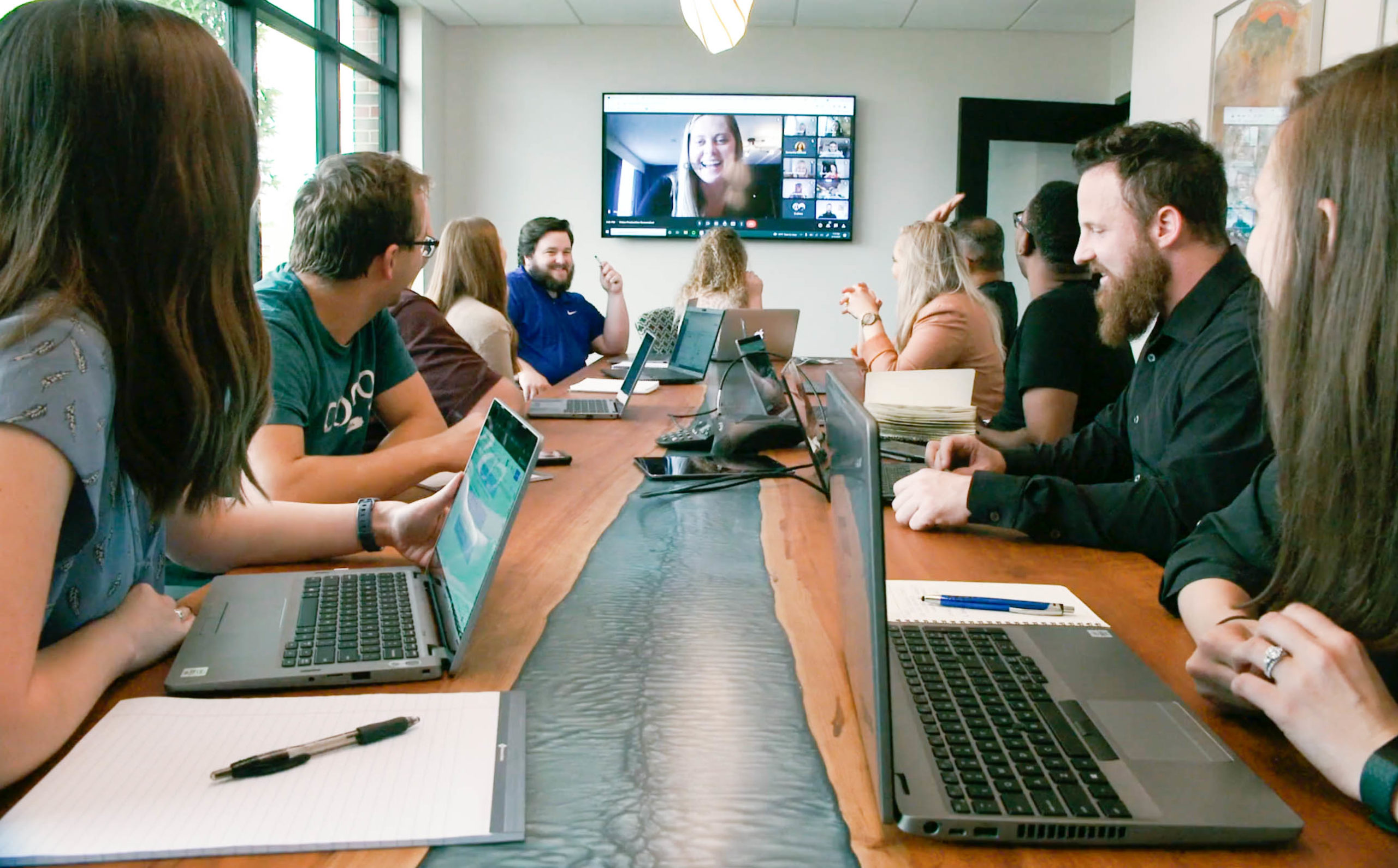Video content has become an essential part of digital advertising. Many growth brands are already embracing it, but some hesitate – concerned about costs or production time. If you’ve ever considered skipping video, here’s why that could be a missed opportunity.
Here are three ways you can create better performing video content and drive real results.
1. Engage Your Audience Deeply
Video captures attention in a way that still images and text often can’t match. It brings storytelling to life, conveying emotion, tone, and brand personality at scale.
When your audience sees compelling video content, they’re more likely to:
- Pause – breaking through scrolling fatigue
- View longer – getting more of your message
- Retain information – video boosts recall rates
In short, video gives you time with your audience and time drives action.
2. Improve Your ROI with Targeted Distribution
Well-performing video isn’t just about views, but instead about reaching the right people. Programmatic, social, and retail video advertising enables precision targeting, serving your content to audiences most likely to engage.
With data-backed targeting, your video campaigns can:
- Reach specific customer segments
- Optimize delivery for relevant viewers
- Track performance and refine your strategy
By combining smart distribution with creative video content, you maximize engagement while controlling costs.
3. Build Trust and Brand Authority
Video allows you to showcase your expertise, values, and human side in a way that text can’t. It positions your brand as trustworthy and memorable, which is an essential combination when audiences make purchase decisions.
Consider the impact of:
- Product demos that visually explain features
- Behind-the-scenes content showing real people behind the brand
- Testimonials that humanize your message
It’s not about big budgets – it’s about strategic use of video and data. Small investments, done smartly, yield strong returns.
Video content should be a core part of your marketing mix. When done thoughtfully, it deepens connections, drives efficient reach, and builds credibility. Put simply: better performing video content isn’t a cost – it’s an investment. and one that delivers measurable results.






